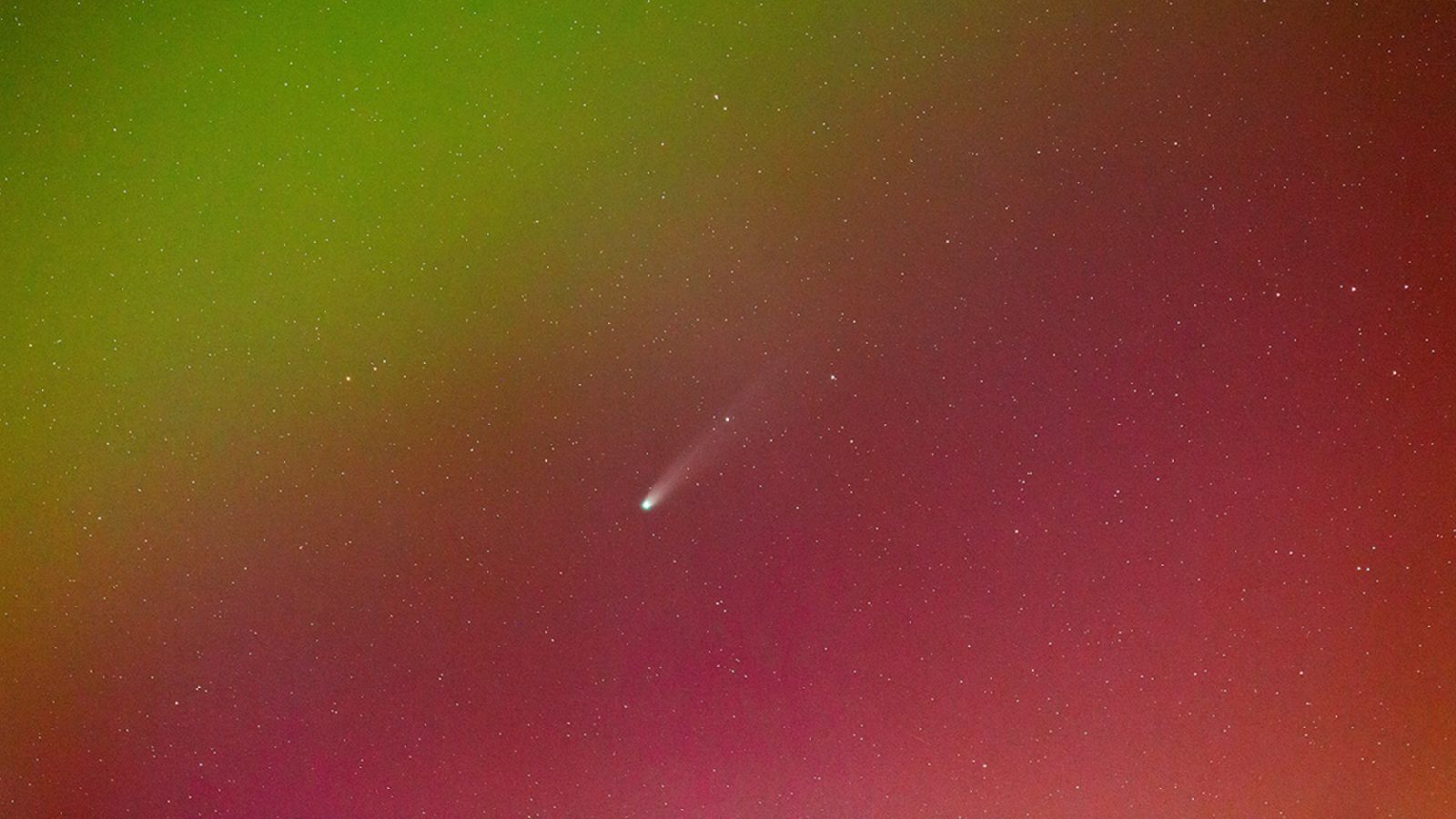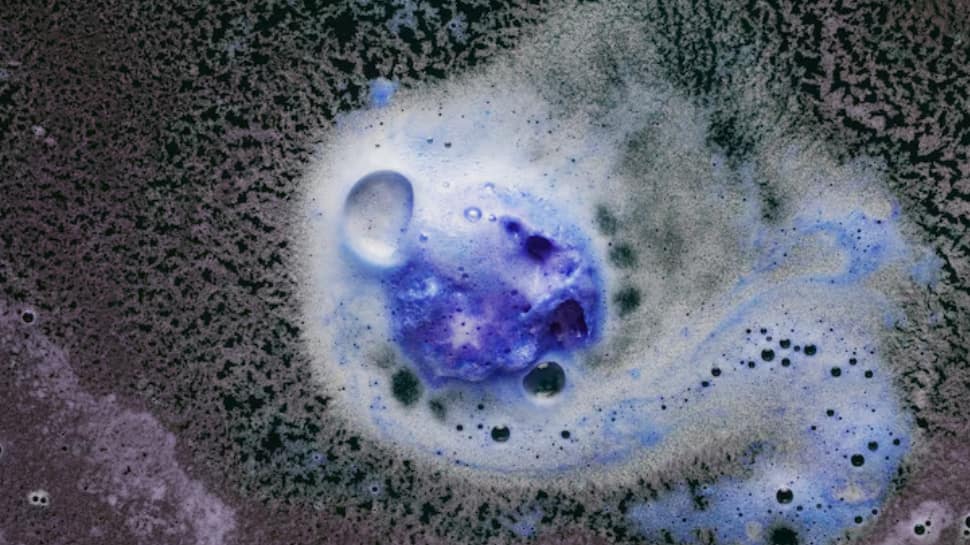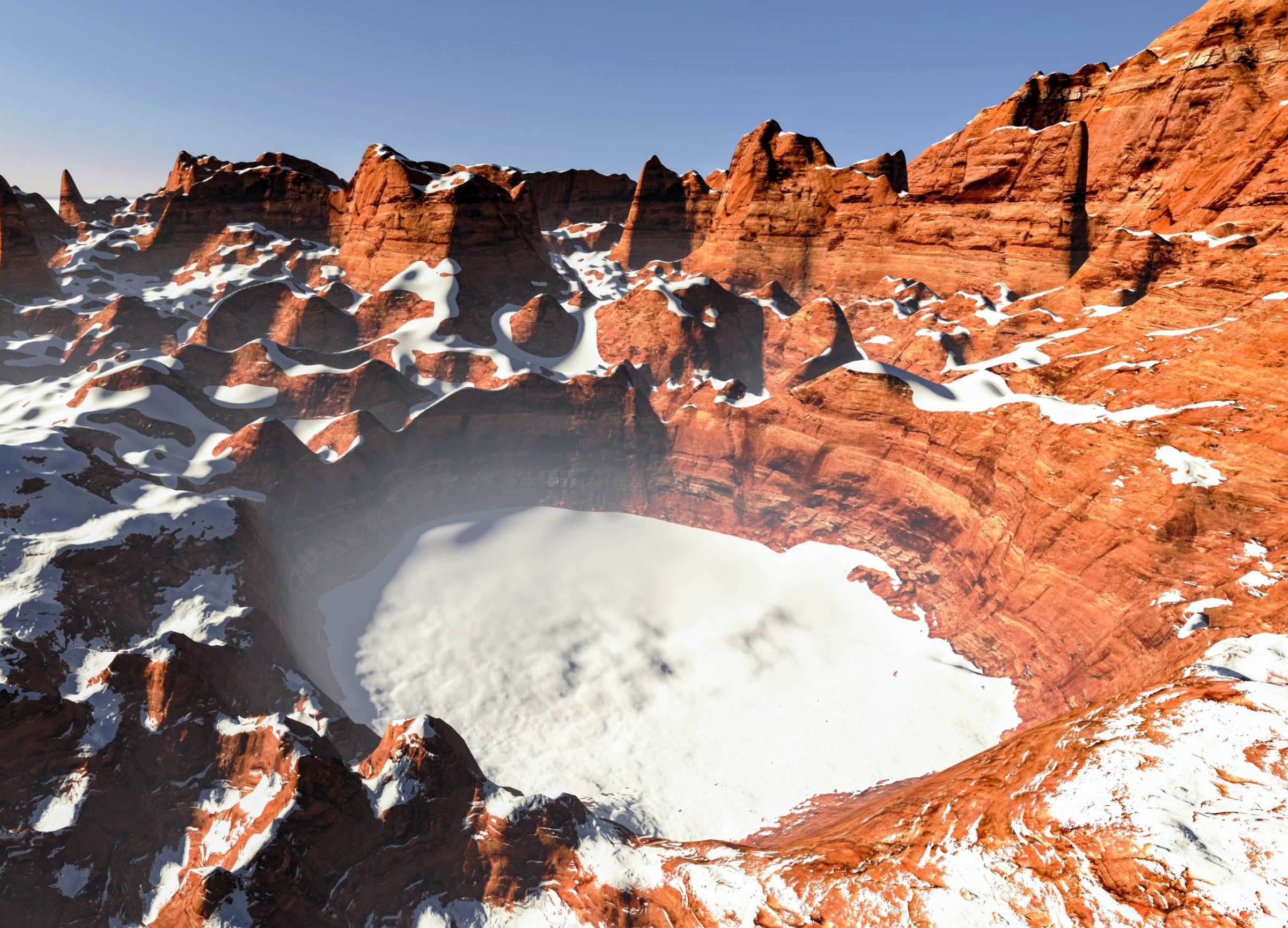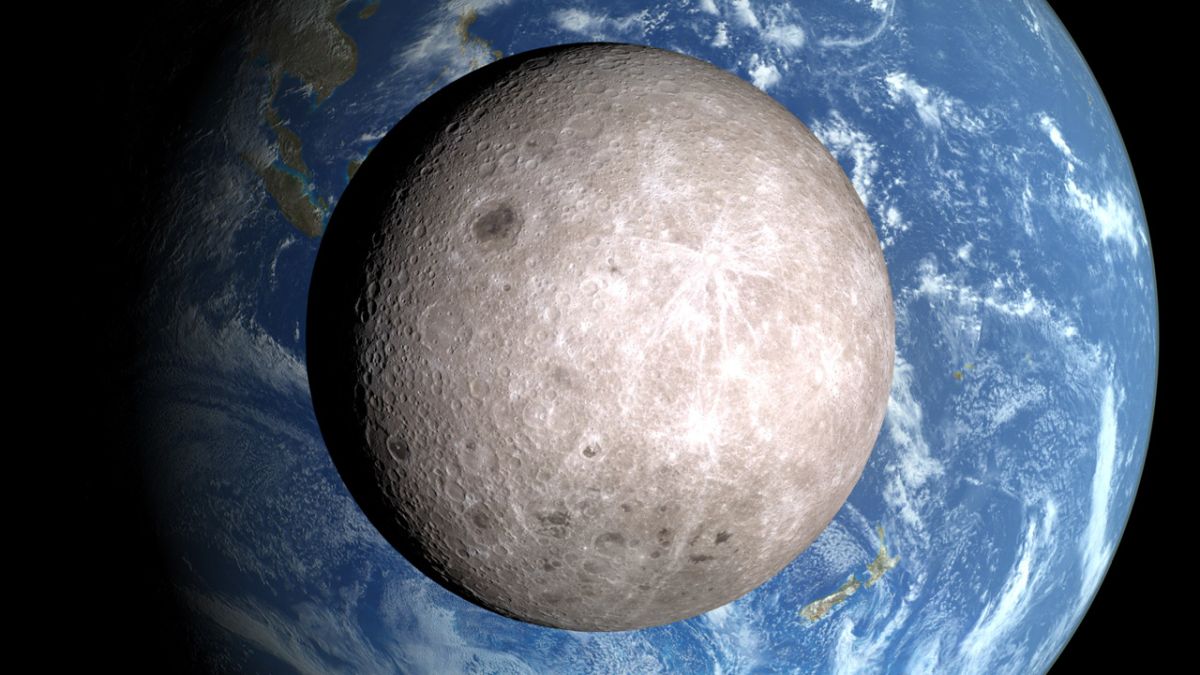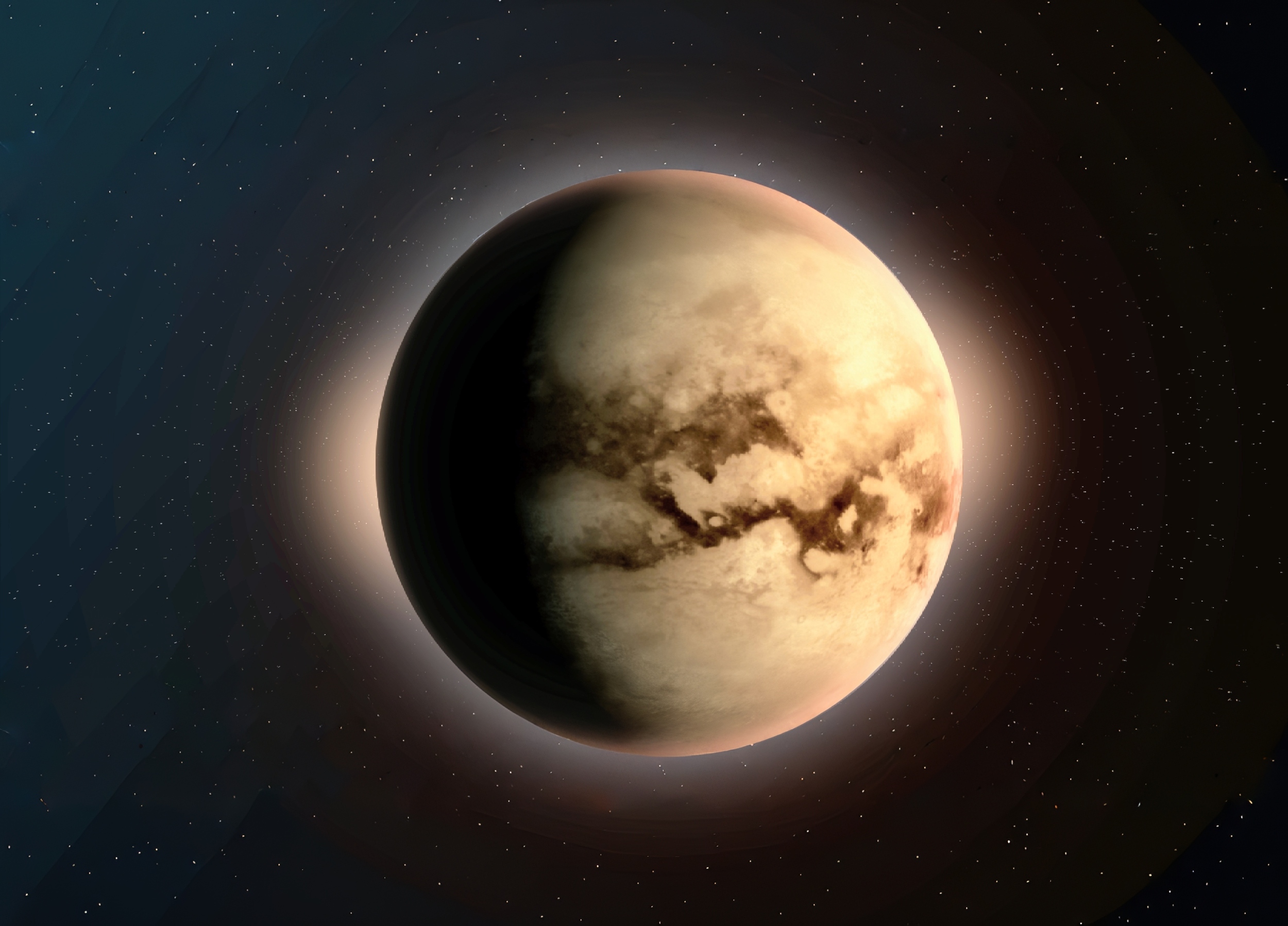Unbelievable Crystals That Spin and Twist: A Revolutionary Discovery in Physics!

It may sound utterly mind-boggling, but crystals composed of rotating particles are not just a figment of science fiction—they are a reality! A collaborative team of physicists from Aachen, Düsseldorf, Mainz, and Wayne State University in Detroit, USA, has dived deep into these extraordinary materials, unveiling their astonishing behavior.
In a captivating study published in the Proceedings of the National Academy of Sciences (PNAS), the researchers present a comprehensive theoretical framework that unveils the unique properties of these so-called 'transverse interaction' systems. Imagine crystals that can fragment and reassemble while exhibiting unusual grain boundaries and controllable structural defects. It sounds like magic, but it's the fascinating world of modern physics!
How Nature Embraces Rotating Systems
These mysterious 'transverse forces' aren’t just found in engineered materials like certain magnetic solids; they also exist in the biological realm. A groundbreaking experiment at MIT revealed how swarms of starfish embryos, through their swimming motions, influenced each other’s movements, creating a mesmerizing dance of rotation. Just like in our synthetic systems, these swimming starfish demonstrate the intriguing dynamics of interacting, rotating objects.
Professor Dr. Hartmut Löwen from the Institute of Theoretical Physics II at Heinrich Heine University Düsseldorf elaborates, stating that a multitude of rotating elements can exhibit surprisingly new behaviors. At high densities, they form a solid mass of rotors that possess 'odd' material properties, including something called 'odd elasticity.' Instead of merely stretching when pulled, these odd elastic materials twist under pressure, flipping the script on traditional physics!
Twisting, Breaking, and Reforming: A Crystal's Life
In a stunning display of transformation, these 'odd' solids can even self-disintegrate! When the rotating components rub against each other with enough force, they fragment into smaller, spinning crystallites. Even more remarkably, these fragments can later come together to form a coherent structure once again.
Professor Dr. Zhi-Feng Huang from Wayne State University, along with Professor Löwen, has developed a multiscale theoretical model to capture the unique behavior of these odd crystals. With this model, they performed simulations that unveiled unexpected patterns, hinting at revolutionary technological applications for these spinning materials.
Rethinking Crystal Growth
One of the most exciting findings indicates that large crystals, governed by transverse interactions, tend to break down into smaller units, while smaller crystals grow until reaching a critical size. This discovery challenges our conventional understanding of crystal growth, which typically sees materials expand steadily under favorable conditions.
As Professor Huang states, “We have uncovered a fundamental property of nature that governs the relationship between the size of critical fragments and their rotation speed.” Co-author Professor Dr. Raphael Wittkowski of the DWI – Leibniz Institute for Interactive Materials further notes that they’ve observed how defects in these crystals have their own dynamics, which can be influenced externally. This opens the door to new ways of manipulating the properties of the crystals for various applications.
“Our extensive theory encompasses all systems exhibiting such transverse interactions, paving the way for applications in colloid research to biology,” says co-author Dr. Michael te Vrugt from the University of Mainz. Professor Löwen concludes, hinting at a bright future: “The novel elastic properties of these new crystals could inspire the invention of new technical switching elements!”
Understanding Central vs. Transverse Forces
In physics, traditional interactions like gravity are known as central forces, acting along the line connecting the centers of two objects. However, the transverse forces described in this study act perpendicularly to that axis, leading to spontaneous rotation among the bodies—a captivating dynamic at the core of these newly discovered rotating crystals.
In a world where science fiction often takes the lead, this discovery reminds us that the real universe is just as exciting. These rotating crystals could revolutionize not just our understanding of materials but the very technology we rely on today!










